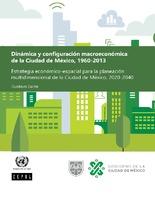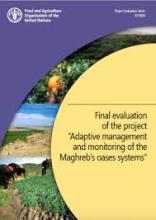Land Library
Welcome to the Land Portal Library. Explore our vast collection of open-access resources (over 74,000) including reports, journal articles, research papers, peer-reviewed publications, legal documents, videos and much more.
/ library resources
Showing items 1 through 9 of 4563.Strong evidence indicates that the Brazilian government is taking advantage of the confusion caused by the Covid-19 pandemic to speed-up a wide-ranging environmental setback.
This Handbook provides a comprehensive and systematic overview of the role that Parliamentarians and Parliamentary Advisors can play in the creation of reliable, coherent, and transparent “enabling environments” in the range of areas related to investment in agriculture and food systems.
Landscape and Street Photographers use Neutral Density (ND) Filters to enhance their photos, drones images with advanced photogrammetry software produce high-resolution orthomosaic for the production of land use maps.
La zona metropolitana de la Ciudad de México (ZMCM) es la obra más colosal que la nación ha construido en toda su historia.
The Maghreb's oases systems provide a major contribution to the region's food security, economy and natural resources. Despite this potential, oasis ecosystems are threatened by a range of complex factors related to the expansion of agricultural land and increasing scarcity of water resources.
For two decades, increasing concerns about urban sustainability have driven Australian metropolitan planning efforts to call for fundamental changes to existing urban forms. These changes are intended to develop more compact cities characterised by a poly-nodal network of dense activity centres.
Han pasado 30 años desde la adopción del Convenio sobre Pueblos Indígenas y Tribales, 1989 (núm.
En el Anuario Estadístico de América Latina y el Caribe de la CEPAL se presenta un conjunto de estadísticas básicas que caracterizan la situación económica, sociodemográfica y ambiental de la región referidas a un período en particular.
Archaeological site mapping is important for both understanding the history and protecting the sites from excavation during developmental activities.






